|
|
A view of the foundry yard before the Installation of the new furnace. On the right can be seen a pile of coke and pig iron and the steps to the charging platform of the old cupola. The new cupola furnace was installed between August and September 1950.
Image courtesy of Robin Wilson.
Zetland Foundry, Station Road, Loftus. The old iron melting cupola can be seen on the left of the photograph; the decision by Skinningrove Iron Co to build a new blast furnace in the late 1940s (the largest in the North East at that time) gave the Foundry the opportunity to tender for castings for the new build. This meant the small cupola shown here had to be replaced with a larger capacity furnace. On the right of the photo in the open shed a heap of moulding sand and next to it a pile of scrap iron – risings and runners – can be seen. On the left hand side a pile of moulding boxes are stacked ready for use. All the following images were taken during August and September 1950.
Image courtesy of Robin Wilson.
A delightful postcard with views of Loftus and District produced by George Skilbeck. All the locations can be visited today, but how they have changed.
Image courtesy of Joyce Dobson and Keith Bowers.
Loftus Youth Club presented this play as part of the Cleveland Youth Drama Festival dating from the 1950s. We can name the people in this image and the roles they played; they are: Margaret Drew (Marguerite de St. Pierre), Lorna Chipchase (Servant Girl), Barabara Whitlock (Jeanne de Wissant), Eileen May (Katherine D’Oudel-bolle), Betty Thornton (Susanne d’Aire) ), Margaret Wood (Claire de Wissant) and Margaret Peel (Anne de Rosty). Can anybody assist in placing them within our photograph?
Image courtesy of Loftus Youth Club.
Another of our images from Loftus Youth Club, dating from the 1950s. Can anybody identify the two young men and the reason for the excellent balsa wood glider.
Joan Jemson suggests: “I think the young man with the glasses is Michael Jackson who used to live in Westfied Terrace, Loftus, can anyone verify this? It’s not very often I am right and I could be wrong again.”
Image courtesy of Loftus Youth Club, thanks to Joan Jemson for that update.
Among a number of press cuttings and photographs from the early days of Loftus Youth Club, we have found this image. Our question is who is he, where was the photograph taken and what was the occasion? Betty Garbutt suggests: ”Could this be Mike Jones? He played tennis and badminton for Loftus and I think he worked at Barclay’s Bank.” John Preston Suggests: ”Could be Maurice Jones, he and his brother were much alike.” David McGill has hopefully solved the query with: ”The photograph is Michael Jones, but I don’t know where.” This is further confirmed by Eric Trembath: “It is Michael Jones.”
Image courtesy of Loftus Youth Club; also thanks to Betty Garbutt, John Preston, David McGill and Eric Trembath for the updates.
A wonderful hand tinted postcard view of the chapel – bombed on 15th March 1941 and now replaced by two bungalows – the remains of the graveyard which surrounded the chapel can still be seen today. Norman Patton tells us: ”Robert Newton, to who’s memory this chapel is dedicated, was born and lived at Home Farm in Roxby which is where my wife, Margaret, lived with her mum and her sister when I met them in the early 1960s. Hazel McLaren, Margaret’s mum, had married Joss Welford , a tenant farmer, some 7 years after losing her husband, Hugh, in the final week of World War II. On a separate matter, I would like to know if there is a record of Baptisms, Marriages and burials kept locally for the chapel?” Nivard Ovington advised: “The records for Newton Memorial Methodist Chapel, Lofthouse are available from FamilySearch; Marriages 1902-1940; Monumental Inscriptions 1830-1910.”
Image courtesy of Joyce Dobson and Keith Bowers, with many thanks to Norman Patton and Nivard Ovington for the updates.
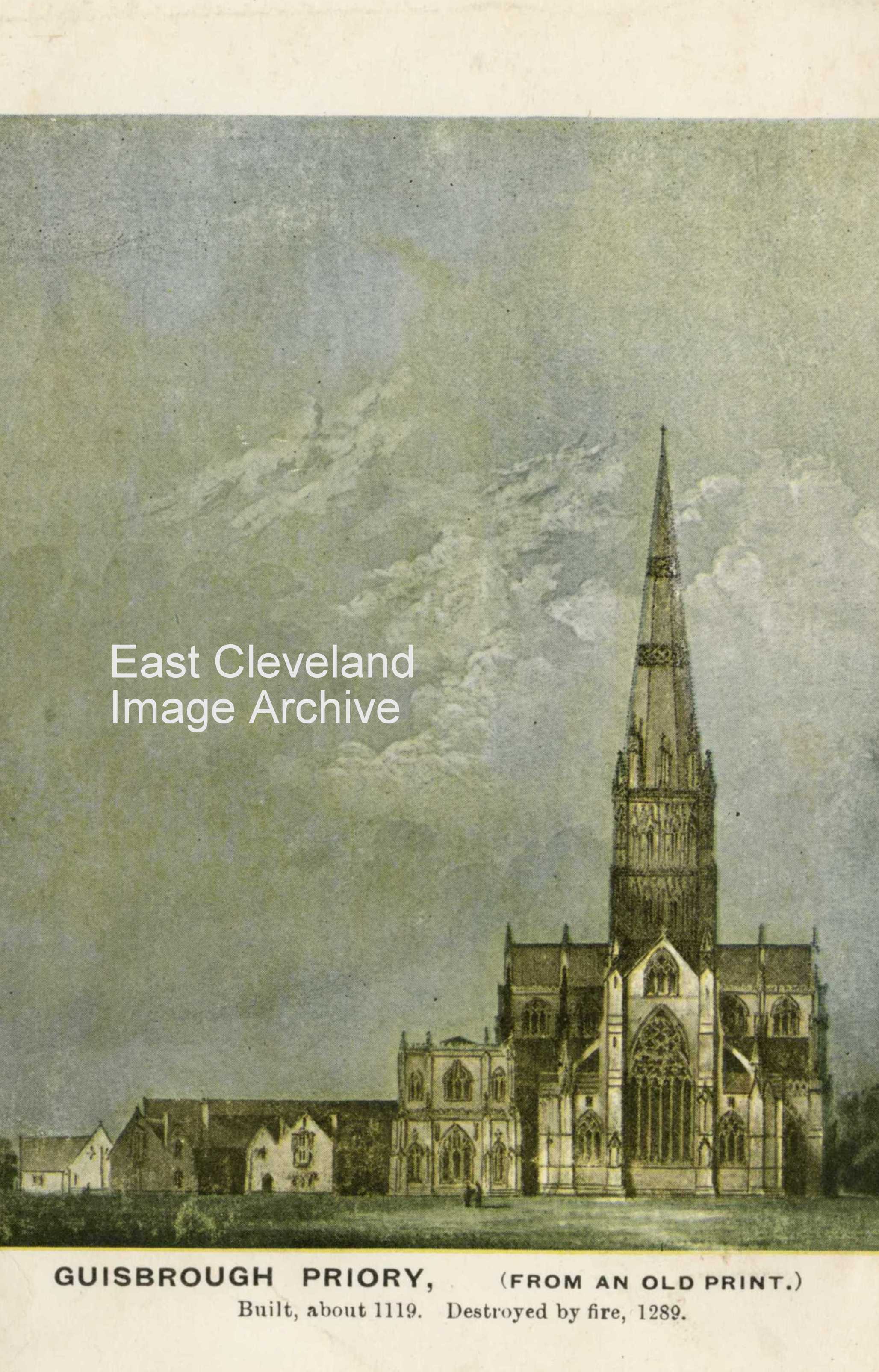
This postcard shows the Augustinian Priory founded about 1119 by Robert De Brus, before being destroyed by fire in 1289. This is a conjectured view of how the Priory may have looked, after the rebuilding.
Image courtesy of Kim Whaley.
A Frith postcard view dating from pre 1926 (postmarked 25th May 1926) of Sandsend. It clearly shows the railway only divided from the main road by a wooden board wall. In the foreground is the house ’Sandhills’ which was for some time recently a restaurant but is now returned to a private residence.
Image courtesy of John G. Hannah.
Kilton Mill and Mill Bank long before the road was altered. The image clearly shows the railway line on the eastern side of Kilton Beck which carried the ore from Whitecliffe Mine to the Loftus (Skinningrove) Mine before being transporterd via the bucket system to the Skinningrove Iron works at Carlin How. The postcard published by the R & R Company is postmarked 6th July 1906.
Image courtesy of John G. Hannah.
|
|
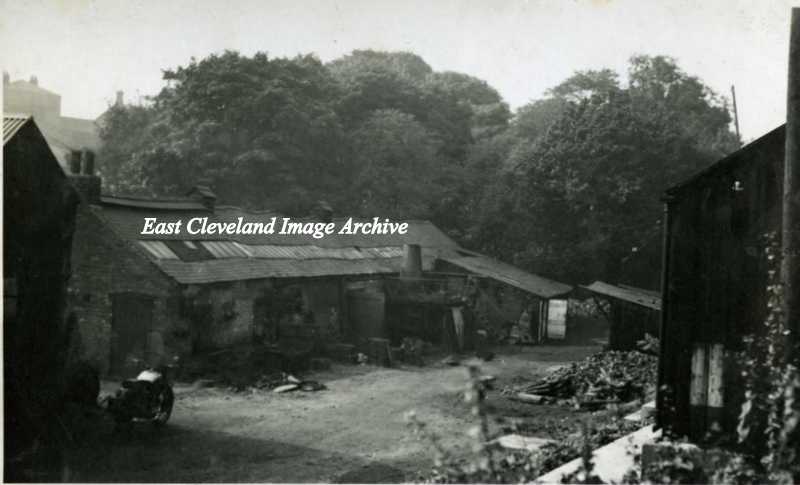
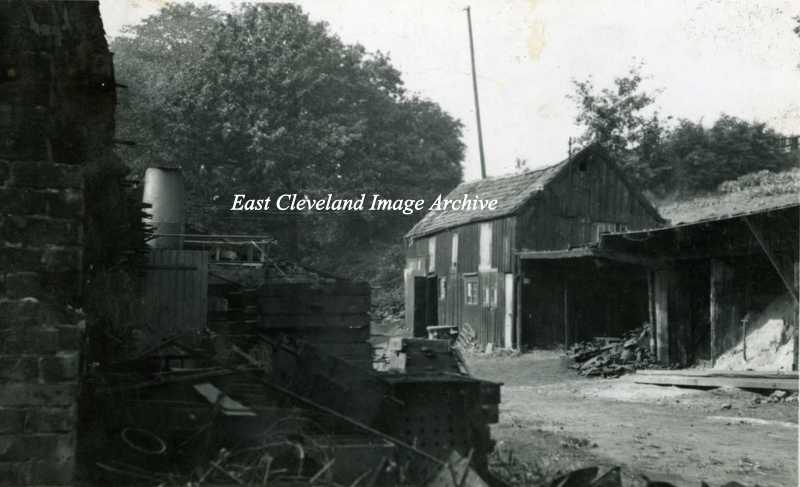
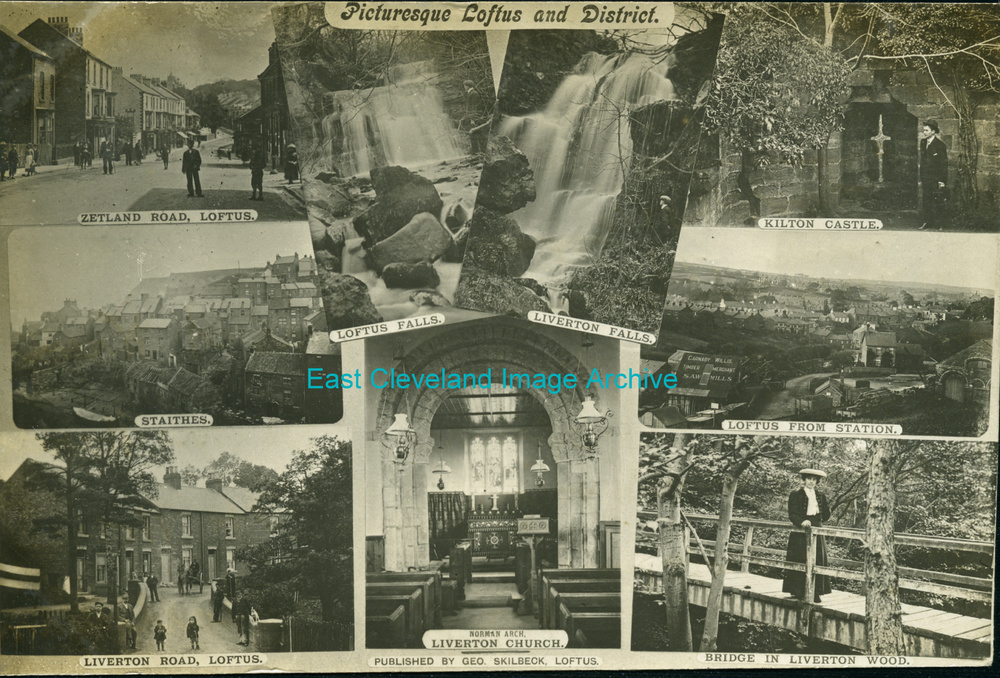
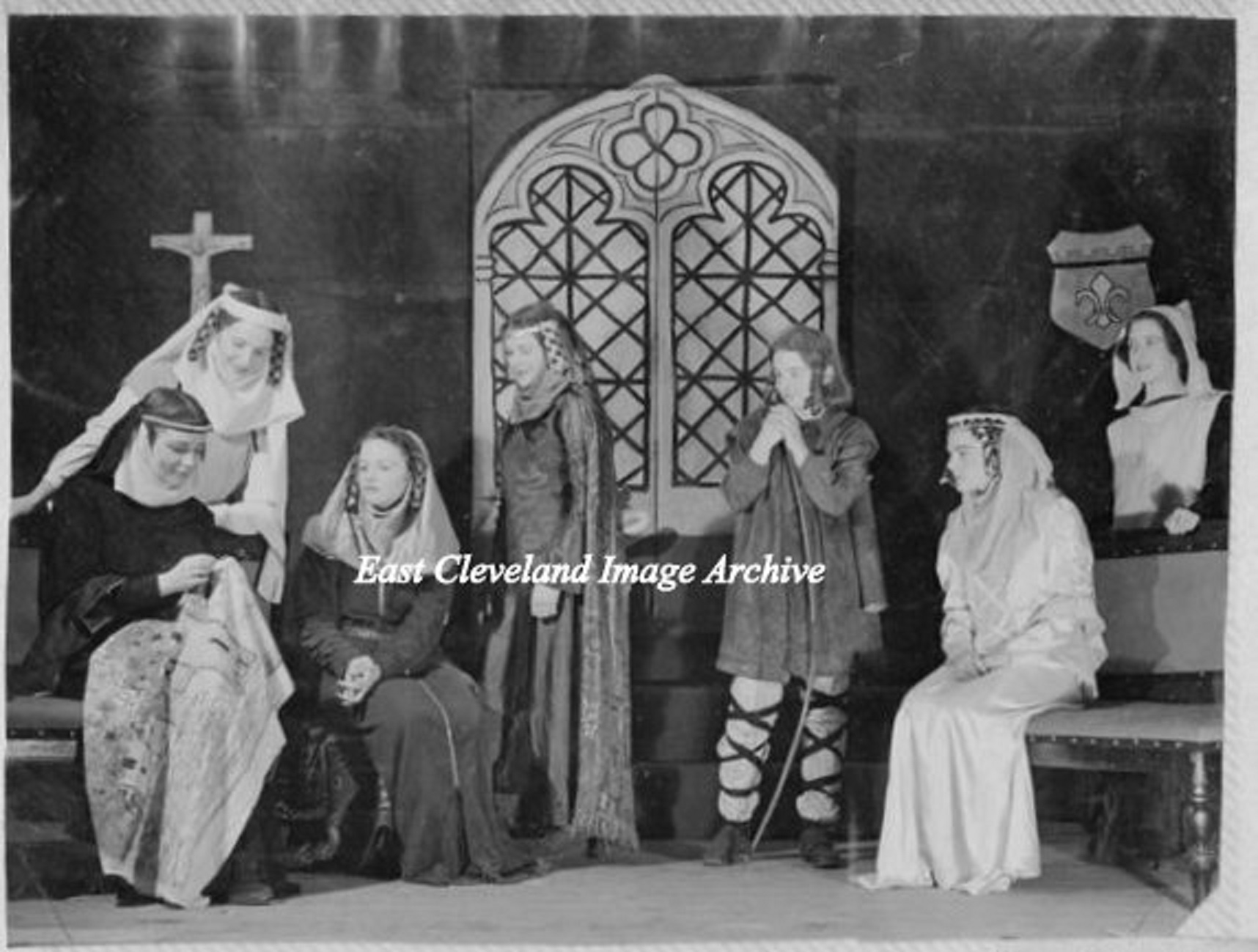
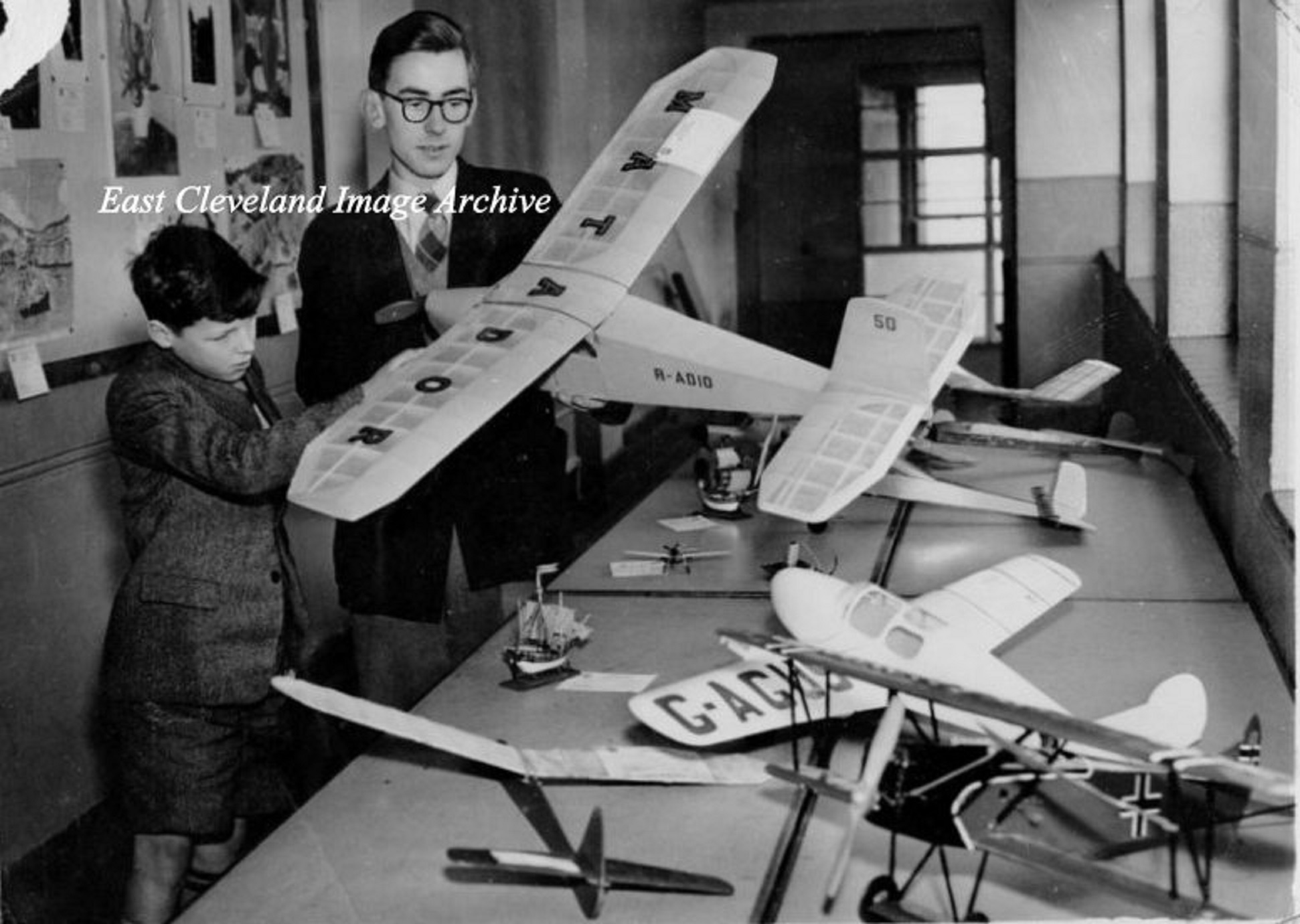
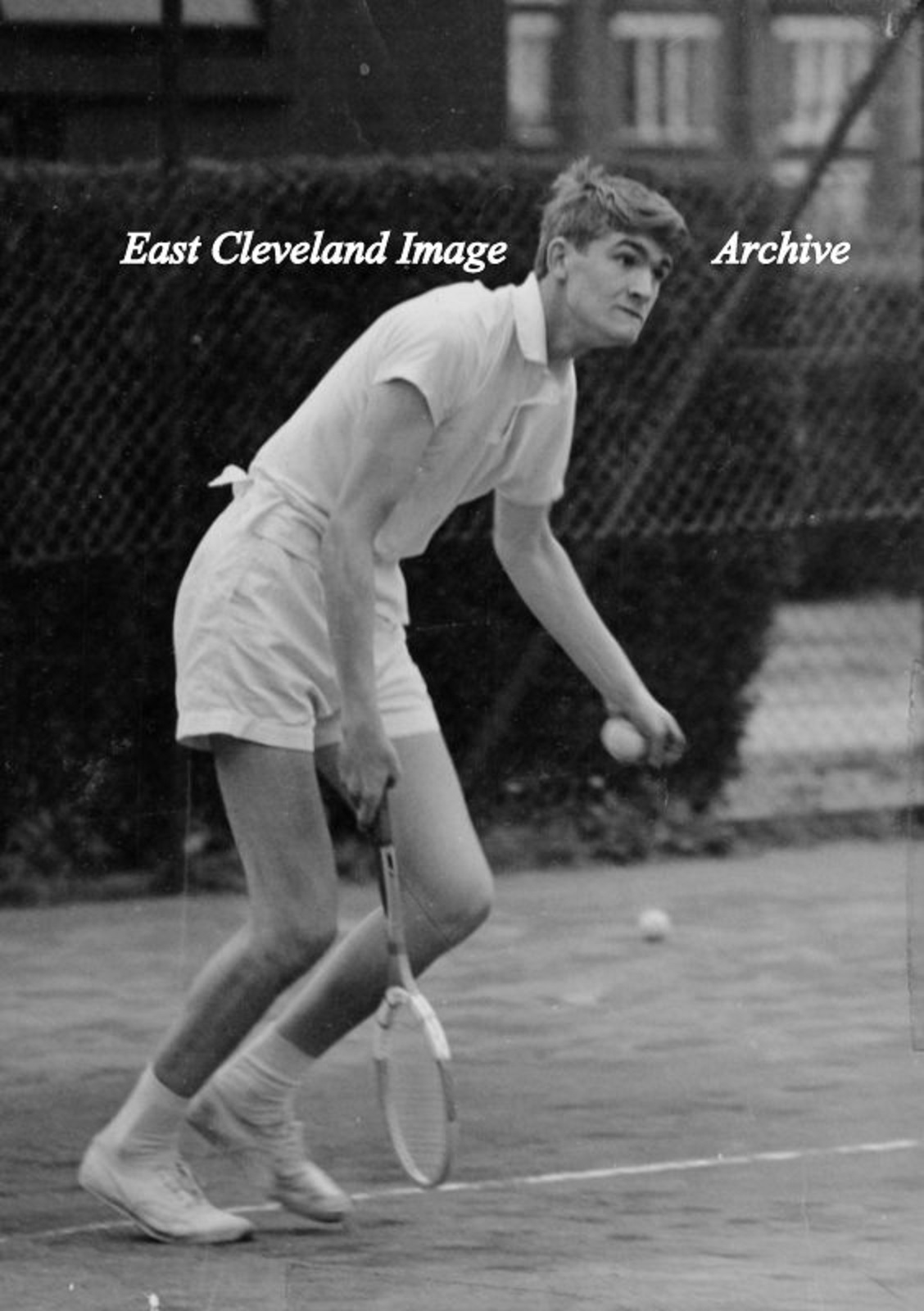
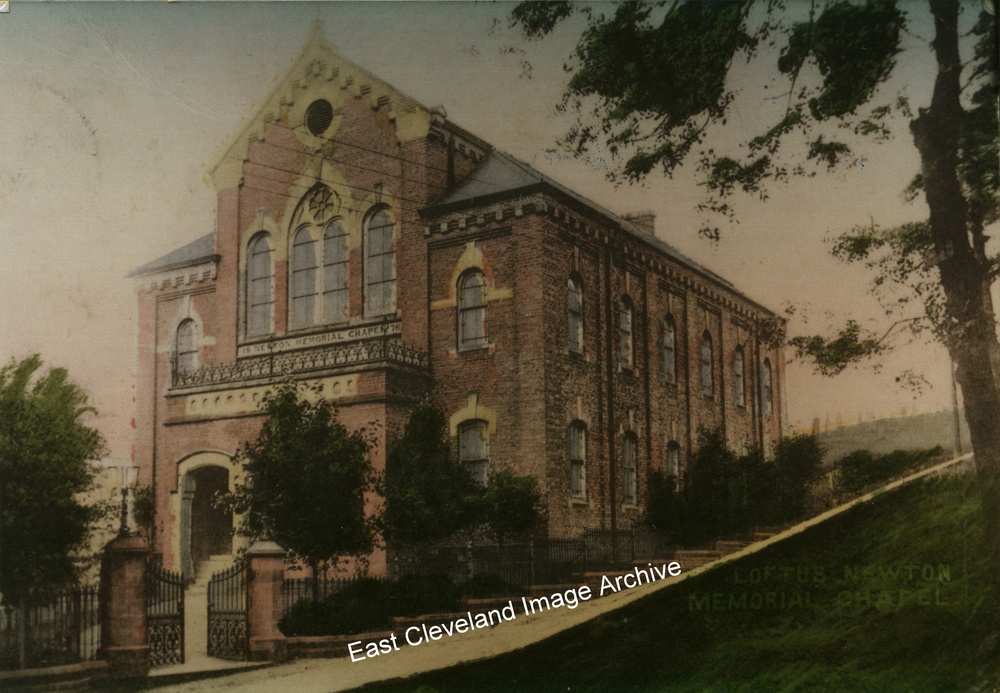

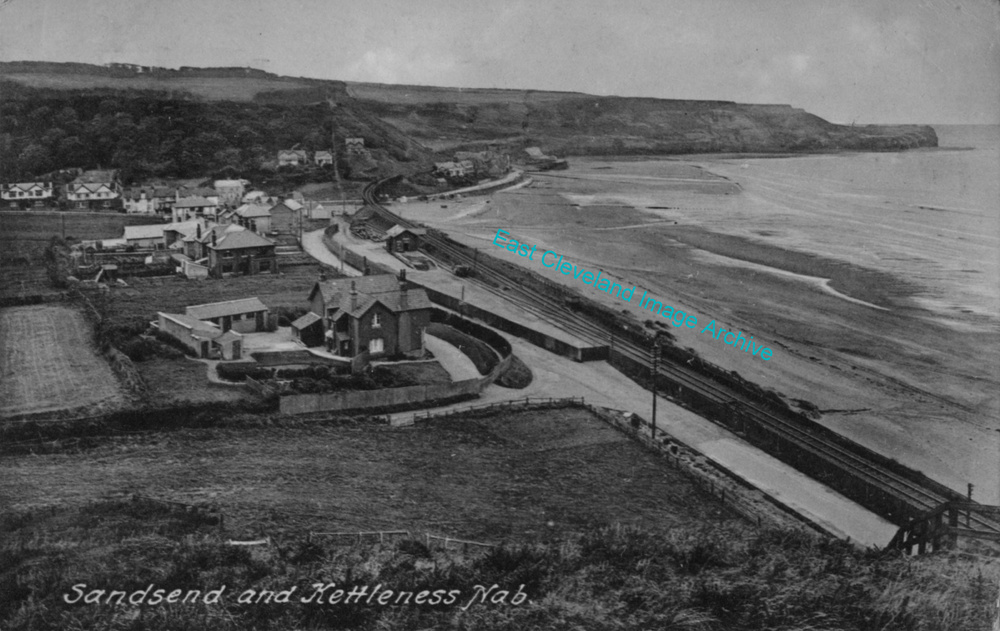
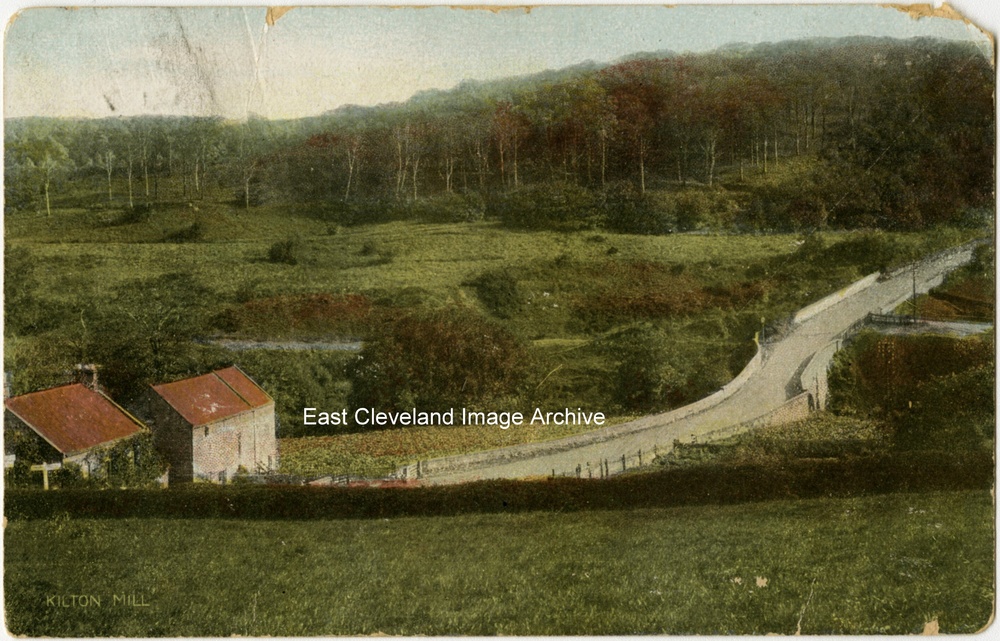
Recent Comments